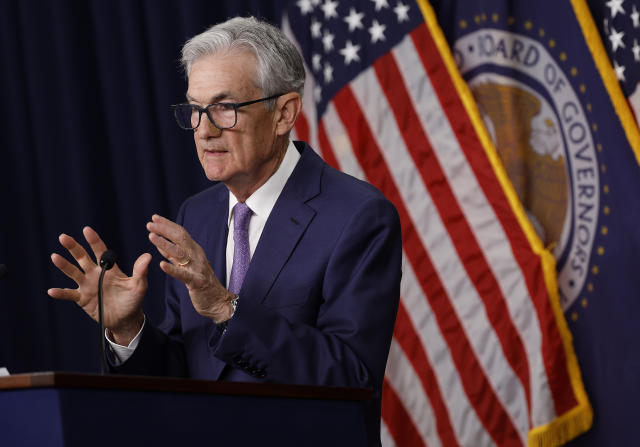In May, the core Personal Consumption Expenditures (PCE) index, a crucial measure of inflation closely monitored by the Federal Reserve, showed a significant slowdown in price increases. The core PCE index, which excludes volatile food and energy prices, rose by just 0.1% from the previous month. This reading was in line with expectations and marked a notable deceleration from the 0.3% increase seen in April. On an annual basis, core PCE inflation stood at 2.6% in May, consistent with economists’ forecasts. This annual rate represented the smallest year-over-year gain since early 2021, signaling a potential easing in inflationary pressures.
Economists, including BMO senior economist Jennifer Lee, viewed May’s inflation report positively, describing it as encouraging given the circumstances. Lee noted that the subdued inflation figures provide the Federal Reserve with greater reassurance regarding their strategy to gradually reduce the extraordinary monetary policy measures implemented during the pandemic.
The recent moderation in inflation was not limited to the PCE index alone. The Consumer Price Index (CPI), another key inflation gauge, also showed signs of cooling with core prices rising by 0.2% from the prior month, lower than economists’ expectations. This broader trend in subdued price increases has contributed to improved consumer sentiment regarding inflation. The University of Michigan’s Consumer Sentiment Index for June indicated that consumers now anticipate 3% inflation over the next year, down from 3.3% in the previous month’s survey.
Despite these positive developments, Federal Reserve officials have maintained a cautious stance on inflation. In their recent policy communications, they underscored the need for continued evidence of sustained progress towards their inflation target before considering adjustments to monetary policy. Federal Reserve Chair Jerome Powell reiterated this cautious approach during a press conference in mid-June, emphasizing that while there has been modest progress towards their inflation objective, further positive economic data is necessary to build confidence in a durable path towards achieving their 2% inflation goal.
Looking ahead, economists and policymakers will closely monitor upcoming inflation reports and economic indicators to gauge the trajectory of inflationary pressures. The Federal Reserve’s commitment to data-driven decision-making underscores the importance of ongoing economic data in shaping future policy actions, ensuring that monetary policy remains supportive of economic recovery while safeguarding against potential inflation risks.
